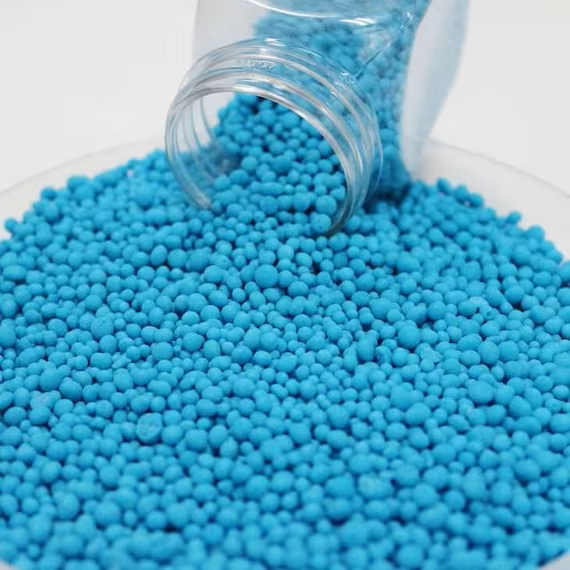Anticaking agents are tailor made products based on specific process requirements over a wide span of fertilizers. OAN Industries has the designs and manufacturing ability to offer a varied range of anticaking agents for use in the production of fertilizers. These include specially formulated anticaking agents for granular NPK/DAP/UREA/MAP, ammonium nitrate and urea based fertilizers etc. Most of fertilizers have a tendency to form lumps or agglomerates (caking) during longer storage. The mechanism of caking in fertilizers is often attributed to the formation of salt bridges and/or capillarity adhesion. OAN WA & OAN AN series anticaking agents avoid caking, reduce dusting, moisture absorption and nitrogen loss in fertilizers.
PROBLEMS FACED BY FERTILIZER MANUFACTURERS:
- Formation of lumps and powder
- Difficulty of uniform application
- Humidity infiltration
- Early decomposition
OAN Anticaking Agent forms a coating on the surface of granules or prills and avoids sticking together. It controls humidity infiltration. The wax-based OAN WA series anticaking agents are to be heated before spraying on granules while the OAN AN series is liquid-based anticaking agents which can be directly applied on fertilizers. Granular fertilizer has a very beneficial effect on plant growth, by regulating release of nutrients, avoiding washing away of fertilizer salts and by making granule or prill applications uniform. Poor storage conditions and long storage without conditioning result in the formation of lumps and powder thereby the benefits of granulation/prilling are largely lost by non-uniform application, washing away of powdery fertilizer, and also making mechanical application of fertilizer impossible. Prevention of such caking of fertilizer and making the fertilizer retain its customer values are achieved by providing a uniform coating of chemical formulations, in the final steps of the manufacturing process of fertilizer.


